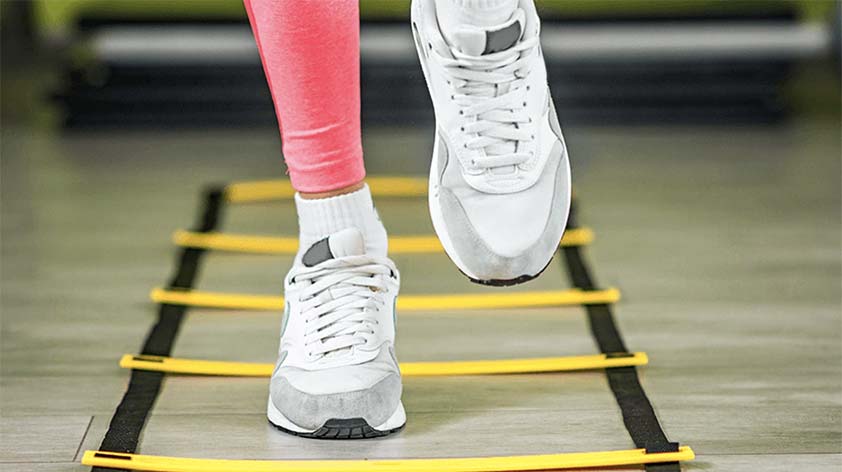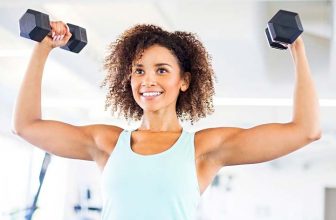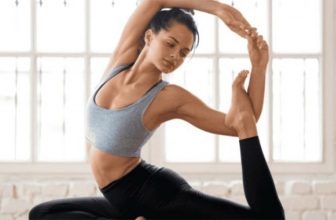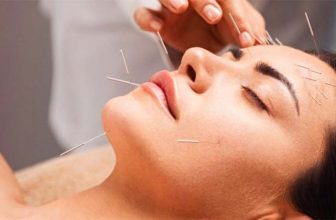
We’ve all tried exercises that require us to do a different thing with each of our hands, like rubbing our belly while tapping our heads at least once in our lives! Those who could do it had good coordination, which is the ability to select the right muscle at the tight time with suitable intensity to achieve the desired action.
Those who couldn’t do it tried again and again until they were able to. If you’re one of the latter group, don’t worry as there are many exercises you can try to improve your coordination skills, so follow on for Physical Coordination: Top 5 Exercises to Improve Yours!
Coordinated movement is characterized by appropriate speed, distance, direction, timing and muscular tension. This is crucial in, for example, athletes so they can improve their training performance and achieve consistently better results. Many people think that coordination is predetermined, or even genetic: either they have rhythm or they are clumsy. But the truth is, coordination is a learnable skill. The foundation for good coordination is good balance.
1. Simple Movements
It seems easy, but it isn’t totally! The difficulty is that you have to be aware of your balance and at the same time move your arms as if you were swimming crawl and backstroke at the same time.
You should start off any exercise in a balanced position, and visualize the movement you are going to perform. Then, understand how one part of the movement chain-effects subsequent movements. When you are ready, picture yourself doing the exercise and start slowly so you are able to coordinate the movement and reflect on it.
There are many exercises that can help improve coordination. Some great sports for this include dancing, swimming, and racquet sports but there are others that might not come to mind too, like Tai Chi, Pilates or yoga.
2. Ball Toss
Catch and bump a ball back and forth using your hands, head, and other body parts. Understand what muscles these exercises target and visualize yourself catching the ball.
Once you master this in a steady position, you will be able to insert a move. A good example of coordination is a football player, who needs to run while kicking the ball whilst trying to dodge his opponents. You can even start to catch the ball while bouncing on one leg.
3. Balance Exercises
Improving coordination is a subject that gets less coverage in fitness circles than others. We’re more focused on other types of goals, like strength, endurance or aerobic capacity, for example. But the benefits you can gain from coordination are enough to want to start setting time aside from your workouts to do them.
- It helps building muscle and improves agility and flexibility
- It increases daily energy and stimulates the release of endorphins (happy hormones).
- It enhances concentration and memory
Here we introduce another element that gives us tremendous instability. It’s a great combination to put glutes and core on autopilot and coordinate our arms. Also, it’s great for balancing our hips. Go fast and hold the pose, go fast again and hold again. Remember to activate your core area thoroughly if you want to keep your balance and your back in place.
Also consider yoga which is practiced barefoot, it enhances the effectiveness of the mechanoreceptors in your feet that pick up subtle sensations as your balance shifts from one side of your body to the other. This makes your movements more accurate and precise. It also speeds up neuromuscular communication which enhances coordination, bodily control and agility. To sum up, it improves the ability of your muscles to react quickly and precisely.
Another ancient-modern favourite, tai chi, has shown to reduce falls in seniors by up to 45%. It can also improve balance in people with neurological problems. Tai chi helps improve balance because it targets all the physical components needed to stay upright—leg strength, flexibility, range of motion, and reflexes—all of which tend to decline with age.
4. Juggling & Dribbling
These stimulate a lot of hand-eye coordination. Each hand does something different and that is already very complex, but you must also be aware of watching, almost out of the corner of your eye, what happens with the balls, and juggle them at a regular height so that they come back down in the same place.
You almost forget that you also have to keep the balance in your legs, activating your glutes and adjusting your core area.
5. Jump Rope
This exercise works to synchronize your hand-foot-eye movements. This is a cyclic activity performed in a steady, regular cadence. The steady cadence and rhythm of jumping rope can help improve the coordination between your eyes, feet and hands.
Once you master these, try to add more avenues of distraction: Spelling out addition and subtraction while you are doing an exercise is phenomenal. But if after you have done this, you still do not find any improvement, check in with your GP as you might be experiencing ataxia.
Uncoordinated movement or coordination impairment is medically known as ataxia. This can relate to damage or degeneration of the cerebellum which is the primary center in the brain for coordination. Diseases and injuries that damage or destroy any of these structures can lead to ataxia
Improving coordination should be on your list of top priorities for your workouts. When doing these exercises you might look ridiculous at first, but it is totally worth it as coordination can broaden other transferable skills.
Having good coordination can also improve your reflexes, so you are able, for example, to catch that glass before it drops or even a ball that’s thrown at you when you are distracted. Surprise yourself with your new quick movements and coordination skills whilst also elevating your confidence!
What are your thoughts on the subject of physical coordination? Let us know below, and join in the conversation on Facebook, Twitter & Instagram!









